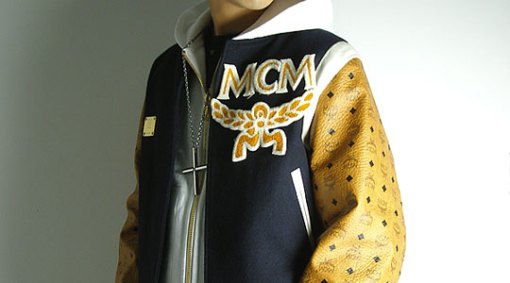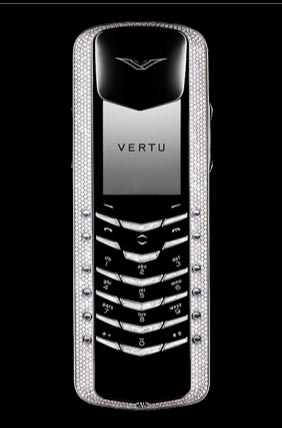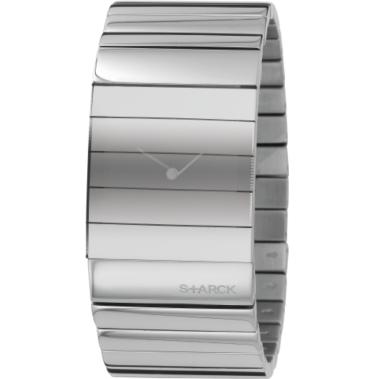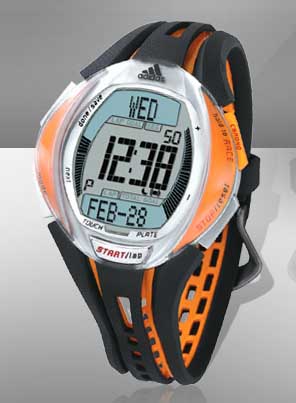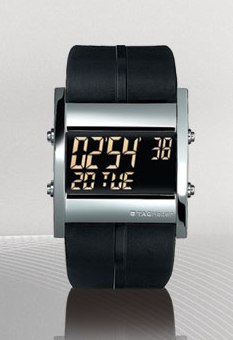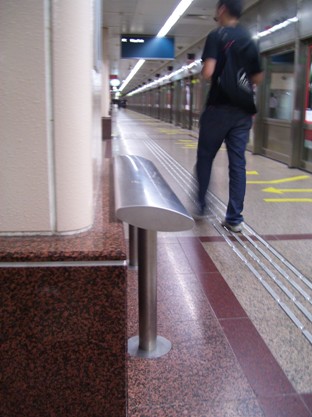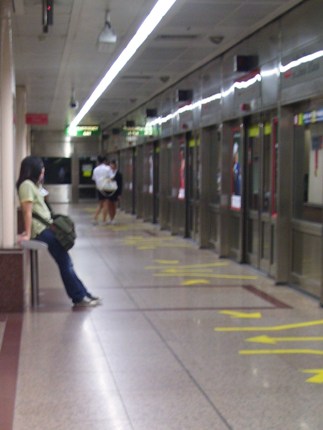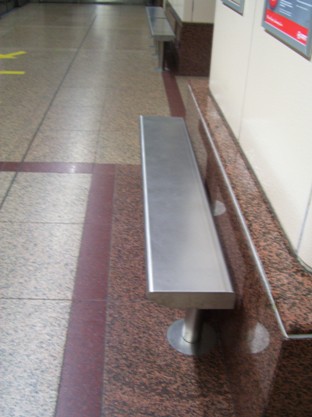The holy and impossible task was to improve the learning experience in lecture theatres. GOD HELP US. Below details our “journey” to accomplishing this task.
Research method
In order to come up with recommendations to improve the lecture experience, Hong Ting and I agreed on using ethnography and laddering as our research methods.
Ethnography – This method requires me to “infuse” myself into the environment and mix with the “natives”. It just happened that none of my modules have lectures so I decided to “crash” my friends’ Social Cognition Lecture which was held at LT 14 from 12pm – 2pm. Just in case you were wondering, Hong Ting crashed a different lecture.
Laddering – I interviewed two of my friends who attended the same lecture as me. Each interview were conducted separately so that they would not be influenced by each other’s responses.
Observations from my 1st Crashed Lecture
I can never understand why some of my friends crash lectures… What is the fun in it? Anyway, back to the topic… I was actually punctual for my friends’ lecture. Surprise surprise! Too bad… It wasn’t for my own module.
 LT 14
LT 14
At 12 sharp, the lecturer looked very ready to impart his knowledge to his enthu students. However, he did not start his class until the LT was more filled up. While waiting for the class to commerce, I was looking around people watching noticed that students who were using laptops are seated at the sides or at the last row. Being especially obeservant and speaking from my own personal experience, these are areas where the power points are located.
Several minutes later, the lecture started. For some reason, the microphone was not funtioning well. It made the lecturer’s voice muffled which made it hard to make out what he was trying to say. He attempted to make his voice clearer by strategically placing the microphone at random parts of the body. All I can say was that he failed miserably ;p
To my sheer horror, there was 96 lecture slides (information overload). According to my friend, this lecturer always have that many slides and he somehow able to magically finish his lectures. While I was flipping through my friend’s lecture notes, I noticed that there were a lot of blanks in the notes. This means that if the student wasn’t attention, he or she would have missed out that particular point.
The lecturer was quite interesting as he injected humour into this class. He also made it easy for students to understand points on the lecture slides by using a lot of real life case studies or colourful examples. In addition, he also asked students to volunteer for his examples. Everybody loves to watch their friends get sabotage. It is quite safe to say that majority of them were paying attention.
 Drinks on small small table
Drinks on small small table
The last thing that I observed from the two hours lecture was that the table space provided was too small. Very often, students would bring a cup of beverage with them and they do not have a proper place to put that drink. Some of them would put the cup underneath their seats while some would put it on the table. For both methods, the likelihood of knocking drink over and making a mess is HIGH.
Insights from the Interview
I interviewed Stacey and Janice.
 Stacey
Stacey
 Janice on the right
Janice on the right
From the interview, I found out that:
- both of them thought the lecturer was interesing and humourous so they would pay attention to whatever he has to say
- they didn’t like the fact that there were so many lecture slides and they tried cutting down their printing time by printing 9 slides on a sheet.
Recommendations
Technical
- Workshops for lectureres to learn how to operate the IT equipments in the LTs
- A lot of time are usually wasted because the lecturer does not know how to operate the IT equipment in the LT. Very often, they will call the tech support for help and wait for their help
- Should standardize the technology used in all LTs
- Having a cup holder on each seat
- It was observed that students have the habit of bringing beverages like coffee into the LT. However, there was no space for them to place the coffee. Speaking from personal experience, it is very easy to knock over your drinks due to the limited space.
- A cup holder like the ones found in the cinemas would help to prevent incidents where students know over their drinks accidentally.
- Have more power points installed in each LT
- According to my observation, LT 14 has a limited number of powerpoints and they are found at the sides and at the back. As a result, students who wish to recharge their laptops can only do so if they are sitting at the side or the back. At the same time, the number of students who wish to charge their laptops are more than the power points available.
Cultural
- Lecturers should give breaks in during lectures.
Others
- Lecturers should
- upload powerpoint slides only when they are finalised
- Students do not like/want to reprint their lecture notes due to the waste of ink, paper, time and it is very inconvenient for some because they do not have ready access to printer.
- try to inject humour into his/her lesson
- This would keep the students entertained but also attentive which would in turn enhance their learning experience. HOWEVER, not everyone is borned with a funny bone or sense of humour. At the same time, humour is not universal. What might be funny to me might be very lame to others. So use this recommendation with CAUTION…
- use examples that students can relate to
- Sometimes the theories taught in class are dry and difficult to comprehend. So we recommend that to provide lively examples to explain difficult-to-understand theories making it easier for students to relate to and understand.
- leave more space between each point in the slides
- Sufficient space should be left between bullet points in the lecture slides. This allows for easier reading and note making.
- deliberately leave blanks in the lecture notes
- This will encourage students to listen to the lesson attentively for fear of missing out important points
- always get feedbacks from students before ending the lecture
- This will allow students to clear any doubts about the lesson. If not, there is a tendency to accumulate them.






